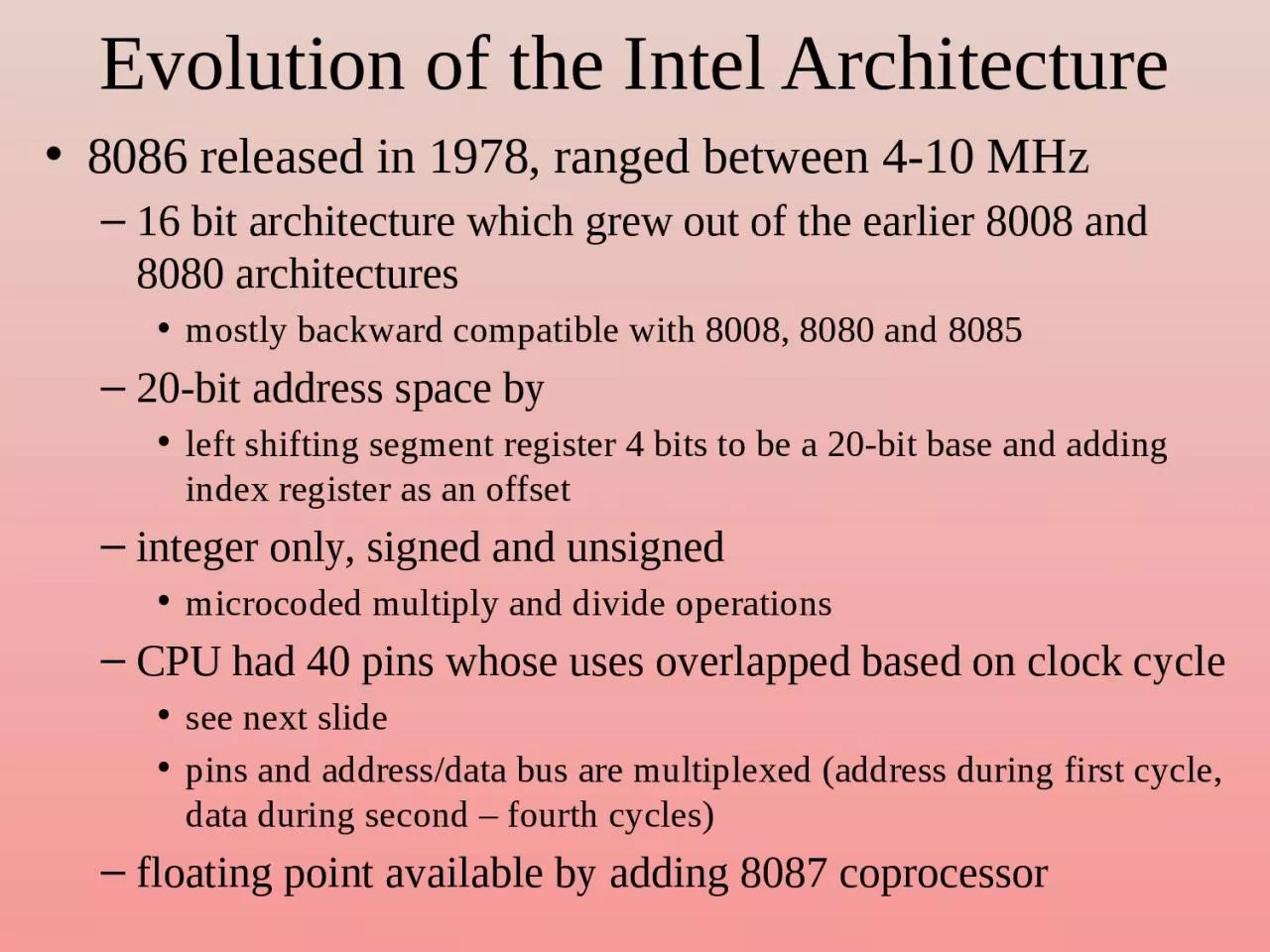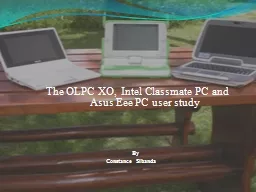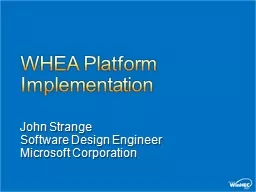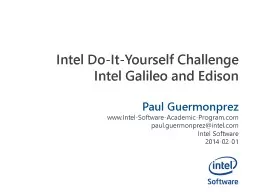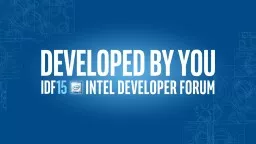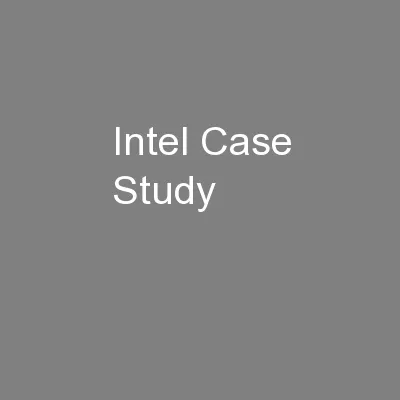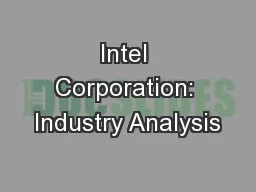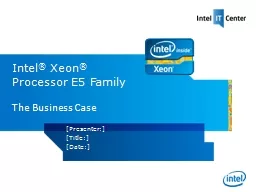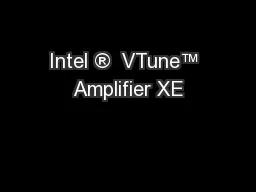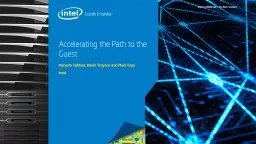PPT-Evolution of the Intel Architecture
Author : okelly | Published Date : 2023-11-11
8086 released in 1978 ranged between 410 MHz 16 bit architecture which grew out of the earlier 8008 and 8080 architectures mostly backward compatible with 8008 8080
Presentation Embed Code
Download Presentation
Download Presentation The PPT/PDF document "Evolution of the Intel Architecture" is the property of its rightful owner. Permission is granted to download and print the materials on this website for personal, non-commercial use only, and to display it on your personal computer provided you do not modify the materials and that you retain all copyright notices contained in the materials. By downloading content from our website, you accept the terms of this agreement.
Evolution of the Intel Architecture: Transcript
Download Rules Of Document
"Evolution of the Intel Architecture"The content belongs to its owner. You may download and print it for personal use, without modification, and keep all copyright notices. By downloading, you agree to these terms.
Related Documents

